- No products in the cart.
Anastrozole tab n / 1mg film about 30 pieces of ozone
$29.31
Anastrozole tab n / 1mg film about 30 pieces of ozone
Description
Composition
Active substance:
-1.0 mg anastrozole;
Excipients:
Core: lactose monohydrate (milk sugar) – 72.0 mg Microcrystalline cellulose – 15.6 mg, povidone (polyvinylpyrrolidone) – 3.0 mg magnesium stearate – 0.9 mg Colloidal silicon dioxide – 0.5 mg carboxymethylstarch sodium – 2.0 mg.
(Shell): hypromellose – 1.65 mg macrogol 4000 – 0.45 mg titanium dioxide – 0.90 mg.
Description:
round biconvex form tablets, film-coated white or almost white, visible on the fracture two layers – the core of a white or nearly white and film coating.
Product form:
Tablets, film-coated 1 mg.
10 tablets in blisters of PVC film and aluminum foil printed patent.
Or
To 30 tablets per plastic jars for medicaments.
One jar 3 or contour cell packages together with instructions for use placed in a cardboard box (pack).
Contraindications
– Increased sensitivity to anastrozole or other components of the formulation;
– Pregnancy and lactation;
– premenopausal;
– Severe renal impairment (creatinine clearance
– High degree of hepatic impairment;
– Severe hepatic impairment (safety and efficacy not established);
– Concomitant therapy with tamoxifen, or drugs containing estrogen;
– Children under the age of 18 years (the safety and effectiveness in children have not been established).
Precautions: osteoporosis, hypercholesterolemia, coronary heart disease, liver dysfunction, lactase deficiency, lactose intolerance, glucose-galactose malabsorption (lactose contained in the dosage form of the drug).
Dosage
1 mg
Indications
– Adjuvant treatment of early breast cancer, hormone receptor-positive postmenopausal women, including after adjuvant tamoxifen therapy for 2-3 years.
– first-line treatment of locally advanced or metastatic breast cancer with positive or unknown hormone receptor in postmenopausal women.
– Second-line treatment of advanced breast cancer progressing after treatment with tamoxifen, in postmenopausal women.
Interaction with other drugs
Research on drug interactions with phenazone (antipyrine) and cimetidine indicate that the combined use of anastrozole with other drugs is unlikely to result in clinically significant drug interactions mediated by cytochrome
P450.
No clinically significant drug interactions when receiving anastrozole medication concurrently with other commonly prescribed drugs available.
At the moment, there are no data on the use of the drug anastrozole in combination with other anticancer drugs.
Preparations containing estrogen, reduces the pharmacological effect of anastrozole, and therefore, they should not be assigned to him at the same time.
Tamoxifen should not be administered concurrently with anastrozole, as it may weaken the pharmacological action of the latter.
Overdose
We describe isolated clinical cases of accidental overdosing. A single dose of anastrozole, which could lead to the symptoms of life-threatening, is not installed.
There is no specific antidote in case of overdose treatment should be symptomatic.
Treatment: it is possible to induce vomiting if the patient is conscious. Dialysis can be performed. It recommended general supportive therapy, monitoring of patients and control the function of vital organs and systems.
pharmachologic effect
Pharmacological group:
antineoplastic agent, an inhibitor of estrogen synthesis.
Pharmacodynamics:
Anastrozole is highly selective nonsteroidal aromatase inhibitor – an enzyme, whereby in postmenopausal women androstenedione in peripheral tissues is converted into estrone and then to estradiol. Lowering of circulating estradiol concentrations were found to have a positive effect on women with breast cancer. In postmenopausal women, anastrozole in a daily dose 1 mg of estradiol concentration causes a decrease of 80%.
Anastrozole has no progestogenic, androgenic or estrogenic activity. Regular use of anastrozole daily doses up to 10 mg did not affect the secretion of cortisol or aldosterone, therefore, when administered not required substitutive corticosteroids.
Pharmacokinetics:
Anastrozole rapid absorption, the maximum plasma concentration is reached within two hours after ingestion (fasting). Food slightly reduces the rate of absorption, but not its extent and does not lead to clinically meaningful effect on the equilibrium concentration of anastrozole in plasma after a single receiving a daily dose of anastrozole. After a seven-day dosing is achieved approximately 90-95% of the equilibrium concentration of anastrozole in plasma. Information about the dependence of anastrozole pharmacokinetic parameters of time or dose not. The pharmacokinetics of anastrozole is independent of age in postmenopausal women.
Communication with plasma proteins – 40%.
Anastrozole appears slowly, plasma half-life is 40-50 hours. Extensively metabolised in postmenopausal women. Less than 10% of the dose is excreted by the kidneys in unchanged form within 72 hours after ingestion. Anastrozole metabolism occurs via step N-dealkylation, hydroxylation and glucuronidation. Triazole, the major metabolite of anastrozole in plasma, does not inhibit aromatase. Metabolites are excreted mainly by the kidneys.
Clearance anastrozole after oral administration of liver cirrhosis or renal dysfunction is not changed.
Pregnancy and breast-feeding
Contraindicated in pregnancy. At the time of treatment should stop breastfeeding
Conditions of supply of pharmacies
On prescription.
side effects
The frequency of adverse reactions listed below, was determined according to the following criteria: very often (not less than 1/10); frequently (more than 1/100, less than 1/10); sometimes (more than 1/1000, 1/100 less); slowly (over 1/10000, 1/1000 less); very rare (less than 1/10000), including isolated reports.
On the part of the vessels: very often – “tides” of blood to the face.
On the part of the musculoskeletal and connective tissue disorders: very often – arthralgia / joint stiffness, arthritis; often – bone pain, myalgia;
infrequently – trigger finger.
On the part of genitals and mammary gland:
often – dry vaginal mucosa, vaginal bleeding (mainly during the first weeks after the cancellation or a change in hormonal therapy prior to anastrozole).
Skin and subcutaneous tissue disorders: very often – skin rash; often – thinning hair,
alopecia, allergic reactions; rarely – urticaria; rarely – erythema multiforme, anaphylactoid reactions, cutaneous vasculitis (including individual cases purpura (ShenleynaGenoha syndrome), very rarely – Stevens-Dzhonsoona syndrome, angioedema.
Gastro-intestinal tract: often – nausea; often – diarrhea, vomiting.
Of the liver and biliary tract: often – increasing the activity of alkaline phosphatase, alanine aminotransferase, aspartate aminotransferase; rarely – increased activity of GGT and bilirubin, hepatitis.
From the nervous system: very often – headache; often – drowsiness, carpal tunnel syndrome (mainly observed in patients with risk factors for this disease), sensory disturbances (including paraesthesia, loss or distortion of taste).
On the part of metabolism and nutrition: often – anorexia, hypercholesterolemia; infrequently –
hypercalcemia (with / without increasing PTH concentration). The drug can cause a reduction in bone mineral density due to reduced circulating estradiol concentrations, thereby increasing the risk of osteoporosis and bone fractures.
General disorders: very often – asthenia, mild or moderate in severity.
Adverse events reported in clinical trials, is not associated with taking anastrozole: anemia, constipation, indigestion, back pain, abdominal pain, increased blood pressure, weight gain, depression, insomnia, dizziness, anxiety, paresthesia.
special instructions
Safety and effectiveness in children have not been established.
In women with estrogen retseptorootritsatelnoy tumor efficacy of anastrozole it has not been demonstrated, except in cases where there was a previous positive clinical response to tamoxifen. In case of doubt in the hormonal status of the patient menopause must be confirmed by the definition of sex hormones in the blood serum.
Preparations containing estrogens should not be administered concurrently with anastrozole, as these drugs will neutralize its pharmacological effect.
There are no data on the use of anastrozole in patients with moderate and severe hepatic insufficiency.
In the case of persistent uterine bleeding in patients receiving anastrozole should consult a gynecologist and observation.
In patients with osteoporosis or at increased risk of osteoporosis, bone mineral density should be measured by densitometry eg, DEXA – scan (dual-energy X-ray absorptiometry), at the beginning of treatment and regularly throughout. If necessary, prescribe treatment or prevention of osteoporosis and carefully monitor the patient’s condition.
Since anastrozole reduces the concentration of circulating estradiol, it may lead to a reduction of bone mineral density. To date, there are insufficient data on the positive effects of bisphosphonates on the loss of bone mineral density induced anastrozole or their use in the application for prophylaxis.
No data on the simultaneous use of anastrozole and preparations LHRH analogs (luteinizing hormone-releasing hormone).
It is unknown whether anastrozole treatment improves results when used in conjunction with chemotherapy. Safety data in long-term treatment with anastrozole are not yet available.
In the application of anastrozole more often than tamoxifen, ischemic disease were observed, but no statistical significance observed in this case. The efficacy and safety of anastrozole and tamoxifen during their simultaneous use, regardless of hormone receptor status comparable with those using a tamoxifen.
The exact mechanism for this phenomenon is not yet known.
Effects on ability to drive vehicles and use machines
Some side effects of anastrozole (asthenia, somnolence, headache, dizziness) may adversely affect the ability to drive vehicles and management mechanisms. Therefore, the period of treatment must be careful when driving vehicles and occupation of other potentially hazardous activities that require high concentration and psychomotor speed reactions. When the described adverse events should refrain from carrying out these activities.
Storage conditions
In the dark place at a temperature not higher than 25 ° C.
Keep out of the reach of children.
Dosing and Administration
Inside.
Tablet is swallowed whole with water. It is recommended to take the drug at the same time, regardless of the meal.
Adults, including the elderly: 1 mg orally 1 time a day for a long time. If signs of progression of the disease taking the drug should be discontinued. In the adjuvant treatment of the recommended duration of treatment – 5 years.
Mild to moderate renal impairment: dose adjustment in patients with mild to moderate renal impairment is not required.
Mild hepatic impairment: dose adjustment in patients with mild hepatic impairment is not required.
Information
Appearance may differ from that depicted in the picture. There are contraindications. You need to read the manual or consult with a specialist
Additional information
| Weight | 0.100 kg |
|---|---|
| Manufacturer | OZONE generics |

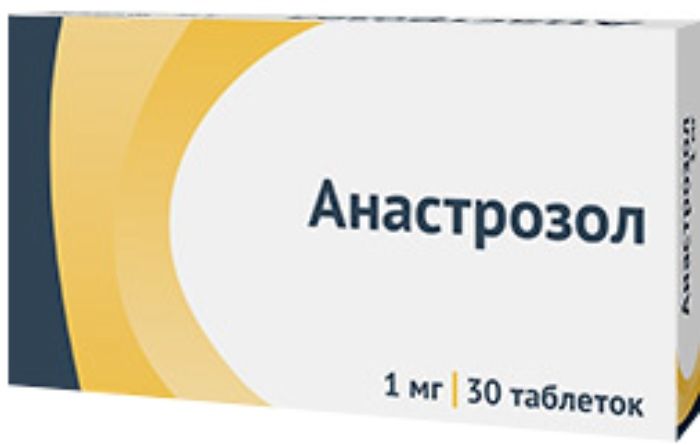
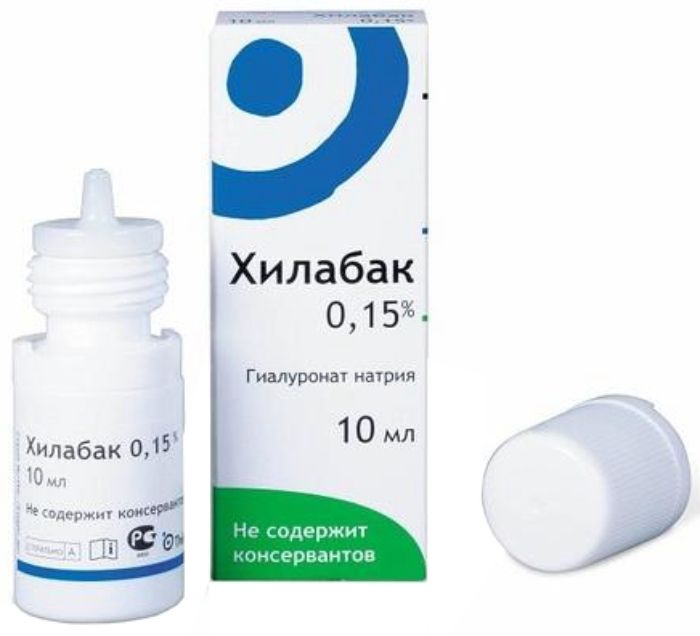

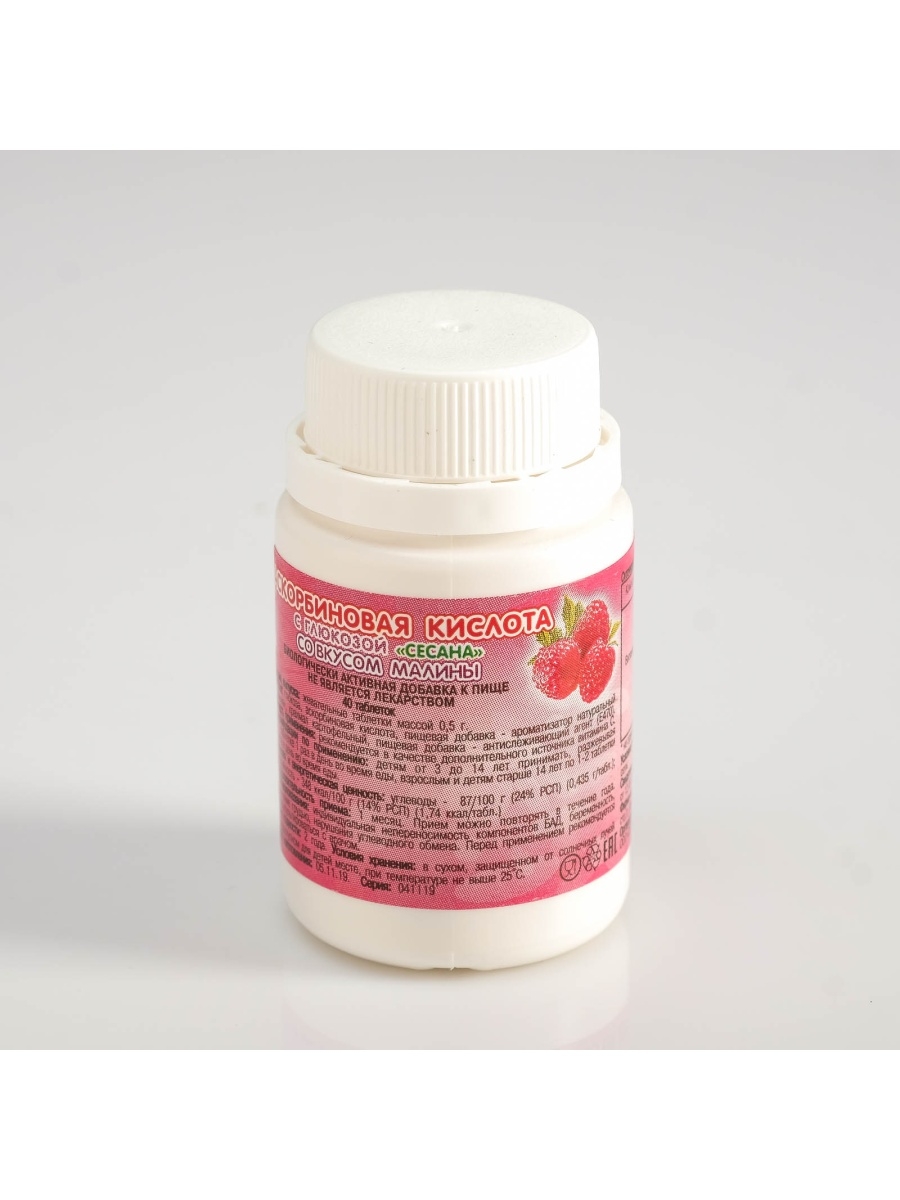

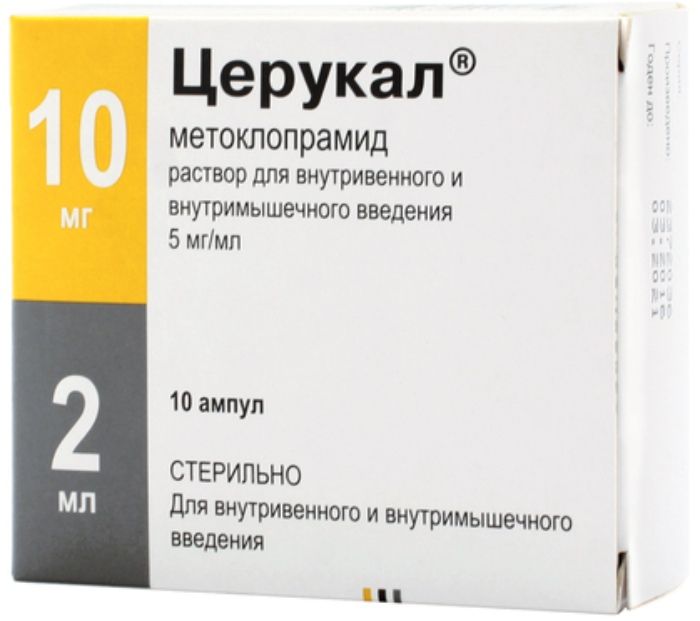

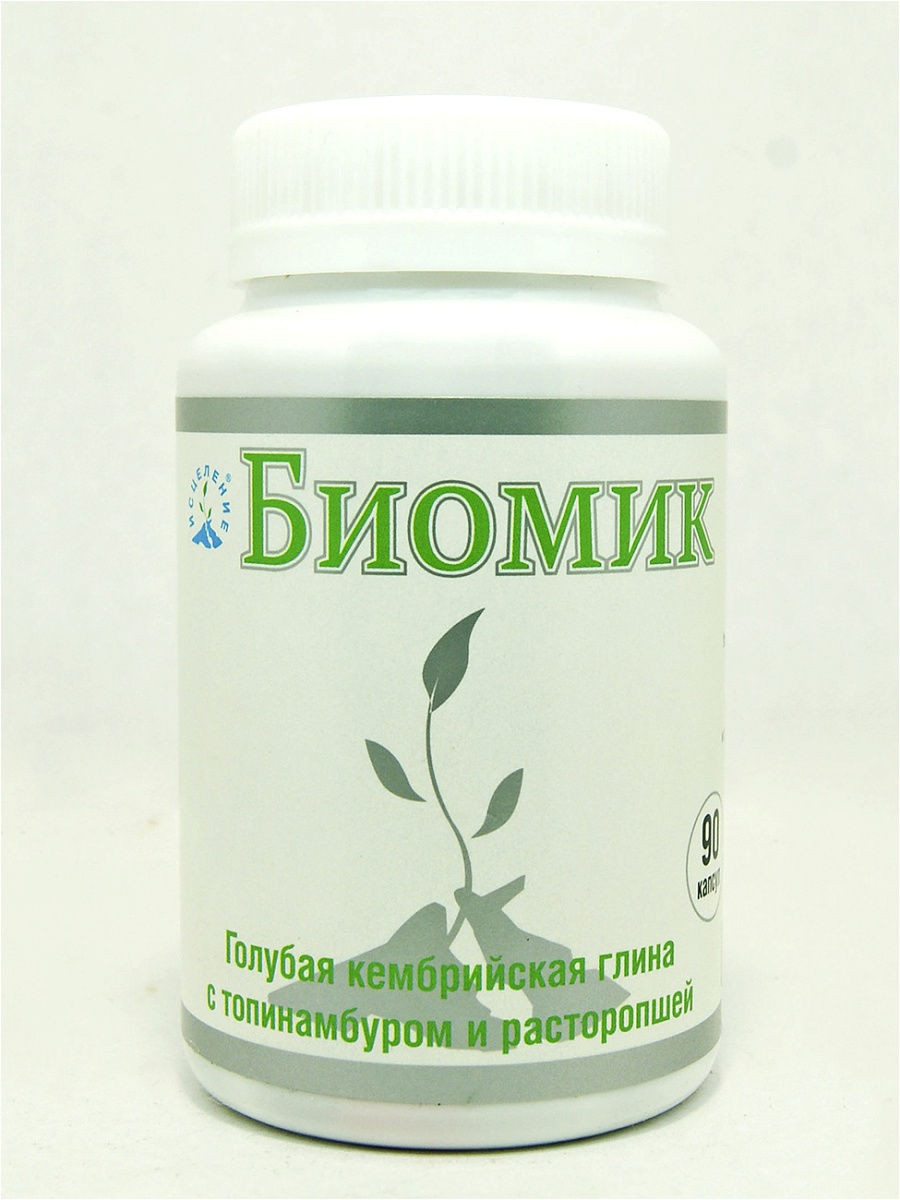




There are no reviews yet.